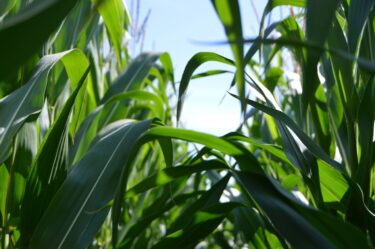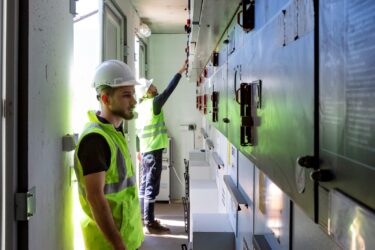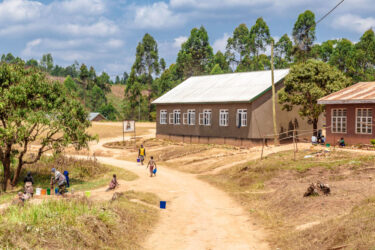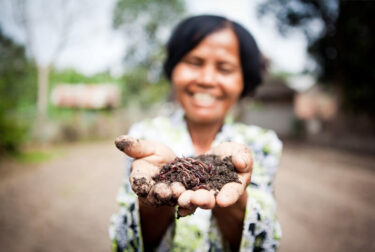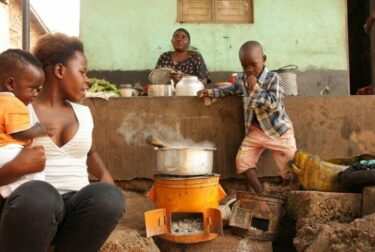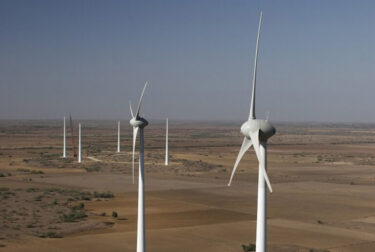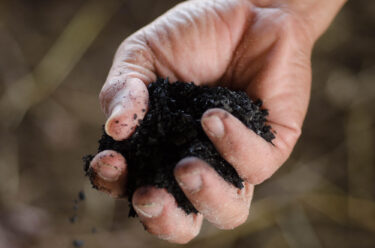Home Carbon Projects GreenTrees Reforestation Project in America
The GreenTrees Reforestation Project is an ambitious initiative to restore the Mississippi Alluvial Valley (MAV), one of North America’s most ecologically significant regions. By planting and protecting native tree species on former agricultural land, the project strengthens biodiversity and delivers vital ecosystem services. Since 2008, more than 54,000 hectares have been reforested, with a long-term goal of restoring 1 million hectares.
Project Impacts
Climate & Environment
- Carbon Sequestration: 7.8 million tonnes of CO₂ removed since project inception
- Biodiversity Restoration: 27 native tree species established, creating a diverse and resilient forest
- Habitat Enhancement: Over 60 million trees planted, strengthening local wildlife ecosystems
Social & Economic
- Landowner Participation: Over 600 landowners engaged, benefiting from conservation finance
Location: Mississippi Alluvial Valley, USA
Project Type: Reforestation & Agroforestry

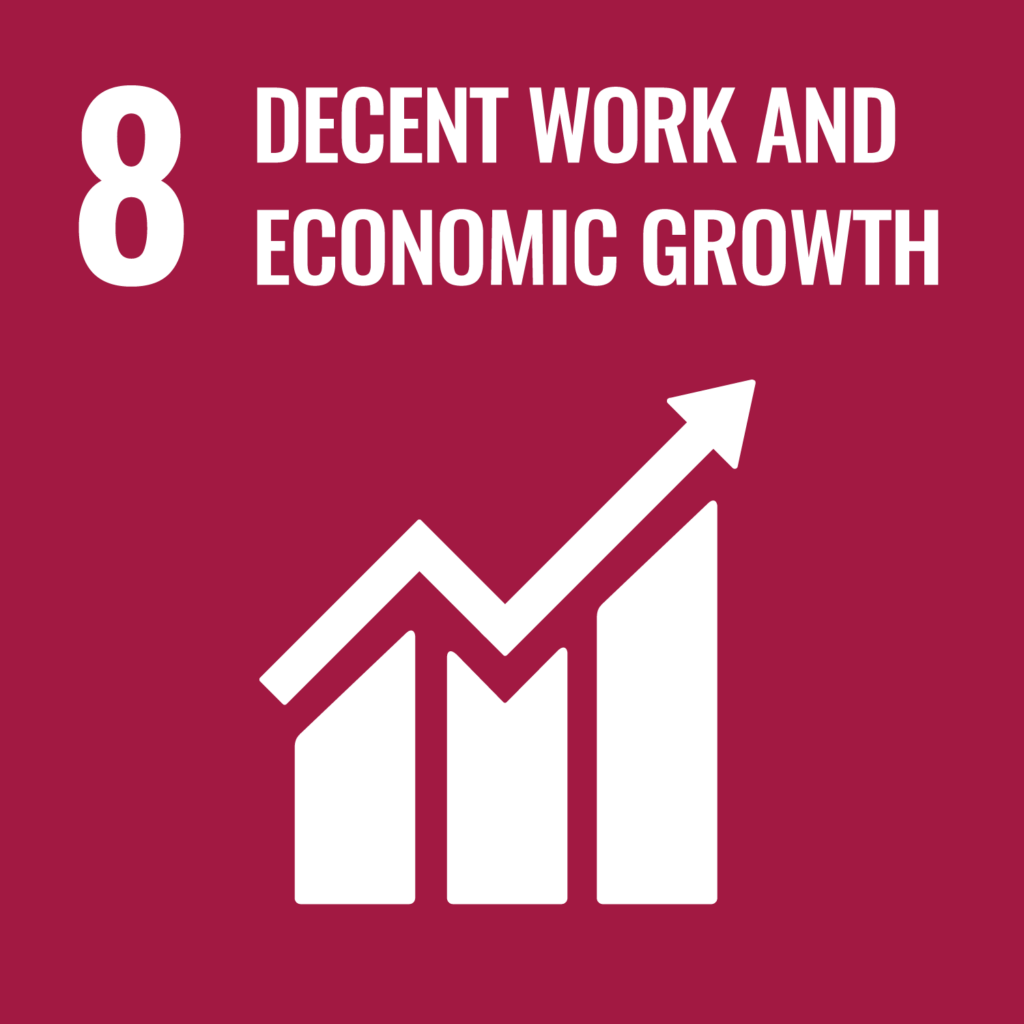
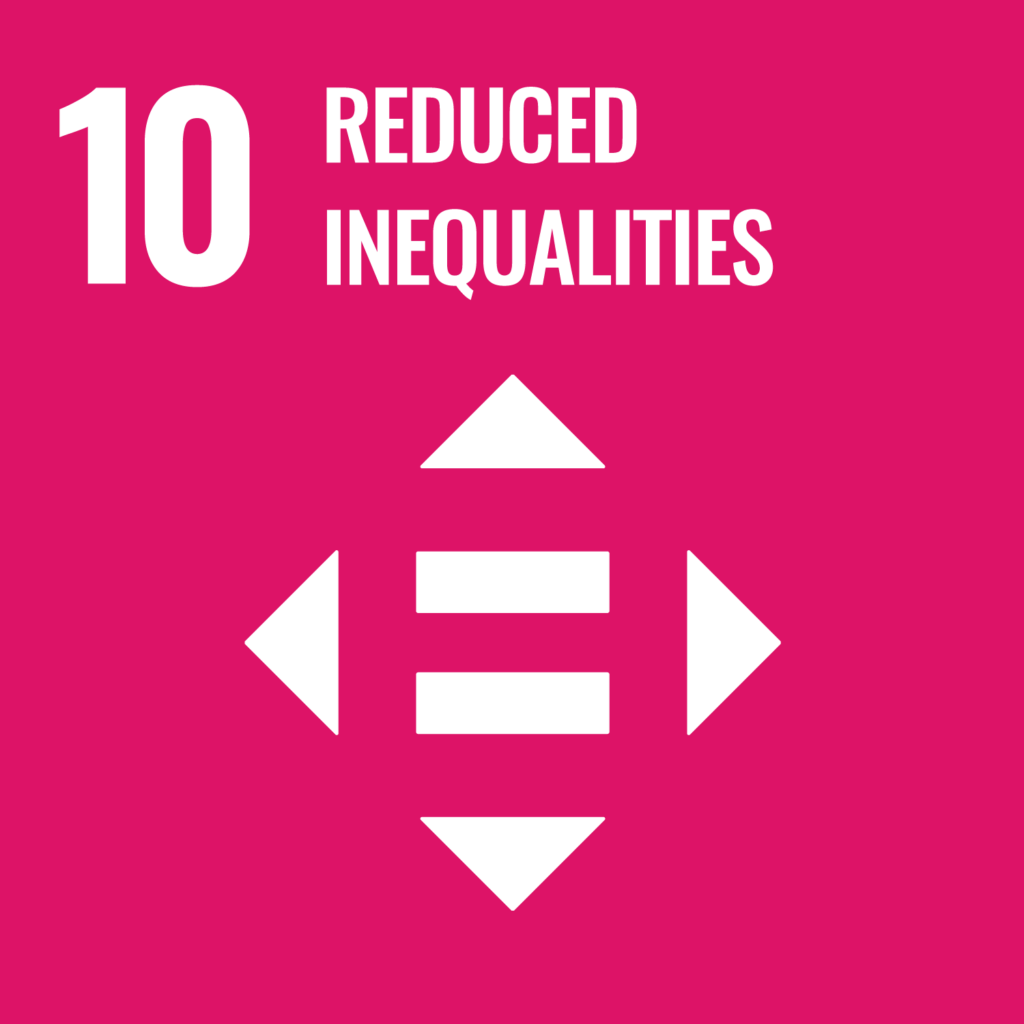
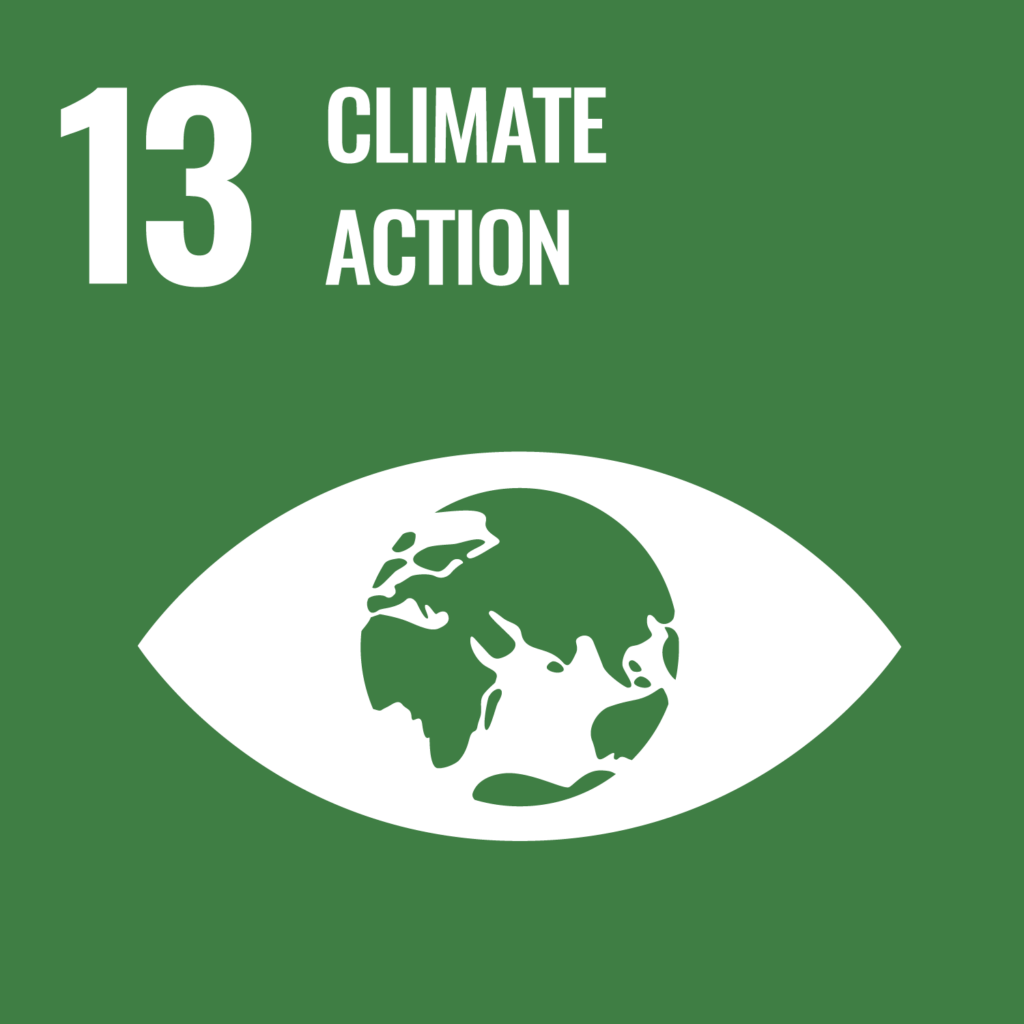
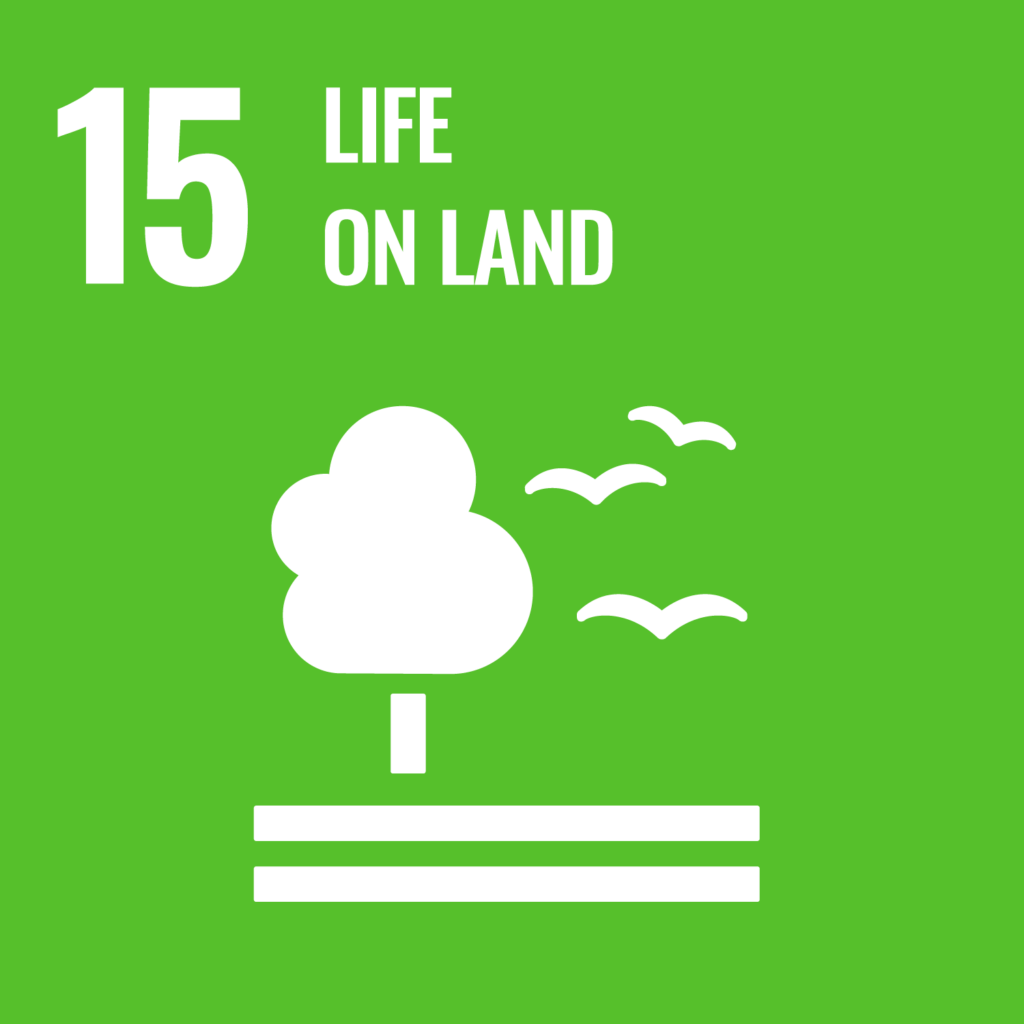

Project Facts
Project Details
The GreenTrees Reforestation Project is an ambitious initiative to restore the Mississippi Alluvial Valley (MAV), one of North America’s most ecologically significant regions. By planting and protecting native tree species on former agricultural land, the project strengthens biodiversity and delivers vital ecosystem services. Since 2008, more than 54,000 hectares have been reforested, with a long-term goal of restoring 1 million hectares.
Through carbon sequestration in trees and soil, the project has already removed 7.8 million tonnes of CO₂ from the atmosphere. It is the only US-based carbon reforestation initiative with substantial verified carbon credit issuances and a proven record of climate impact.
About the Project
The Mississippi Alluvial Valley has experienced severe deforestation, threatening biodiversity and accelerating climate change. The GreenTrees project addresses these challenges by restoring native forests, capturing carbon, and promoting sustainable land use practices.
Partnering with more than 600 landowners, the project offers a financially viable alternative to conventional agriculture. Trees are planted on degraded farmland using scientifically backed silviculture techniques, ensuring long-term forest health.
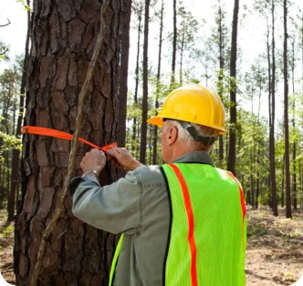


Reforestation and Sustainable Forestry Management
GreenTrees employs an innovative forestry model, combining fast-growing cottonwoods with native hardwoods to accelerate carbon sequestration and habitat restoration:
- Cottonwoods act as “nurse trees”, growing rapidly (8–12 feet per year) to provide shade and enhance biodiversity.
- Over time, the forest transitions to a diverse, native hardwood ecosystem, ensuring long-term stability.
- The USDA Bottomland Hardwood Research Center contributed to the project’s design, reinforcing its ecological integrity.
A limited, sustainable harvesting approach is permitted to manage tree crowding and ensure forest health:
- At Year 10: Landowners may harvest 33% of cottonwoods
- At Year 17: Up to 50% may be harvested
- By Year 25: All remaining cottonwoods are removed, leaving a mature hardwood forest
Importantly, carbon credits are only issued for the first 15 years, ensuring that long-term forestry practices maintain or exceed initial carbon stocks. This guarantees that future harvesting does not compromise the project’s climate benefits.
Calculation of GHG Emission Removals
The GreenTrees project is a 100% removal project, meaning only carbon directly removed from the atmosphere is accounted for in carbon credit generation.
- The project is registered with the American Carbon Registry (ACR) and follows the ACR Methodology for Afforestation and Reforestation of Degraded Land.
- A carbon stock model is used to calculate GHG emission removals.
- Carbon sequestration is assessed across three forest growth stages: cottonwood, planted hardwood, and natural hardwood.
- Carbon pools monitored and verified include:
- Above-ground biomass
- Below-ground biomass
- Soil Organic Carbon (SOC)
A portion of verified emission removals is deposited into the ACR Buffer Pool as a safeguard against unforeseen risks.
Permanence – Risk of Reversal
The GreenTrees project is the largest reforestation project in North America, covering over 133,000 acres. Using the ACR risk rating tool, approximately 16.6% of the carbon stored (including soil carbon) is transferred to the ACR risk buffer pool.
- A leading parametric insurance underwriter assessed the project’s reversal risk at just 0.2%, significantly lower than ACR’s required 16.6%.
- Risks such as wildfires, hurricanes, floods, earthquakes, and pests have been modelled, ensuring long-term stability.
Programmatic Aggregation
GreenTrees aggregates all carbon assets across the Mississippi Alluvial Valley and Southeastern US into a carbon credit pool, which functions as an insurance mechanism against reversals. This programmatic aggregation approach provides an additional safeguard, ensuring secure investment in high-quality carbon credits.
Notably, GreenTrees has never had a reversal in its 20-year history and has contributed 1.2 million mtCO₂ of buffered credits to ACR’s buffer pool.
Building the World’s Largest Pipeline of Quality Carbon Removals
The GreenTrees reforestation project is the world’s largest reforestation project by total carbon credits issued. As a programmatic aggregated project, new tree plantings generate carbon credits over a 40-year period.
- The project is validated to continue planting until 2047, with a carbon credit issuance timeline extending to 2086.
- Even if no further land is planted, an additional 30 million tonnes of CO₂ is projected to be removed by 2063.
- Continuous investment flows back into the project to expand the world’s largest pipeline of high-quality carbon removals.
Related Carbon Projects
Discover our Carbon Project Development Expertise and explore our Existing Carbon Projects.
